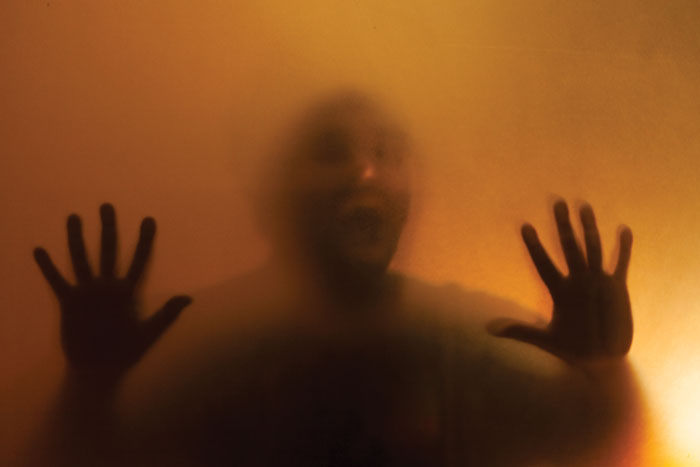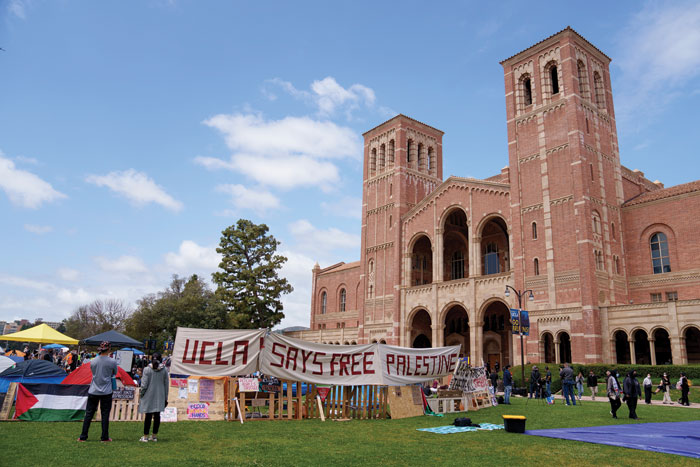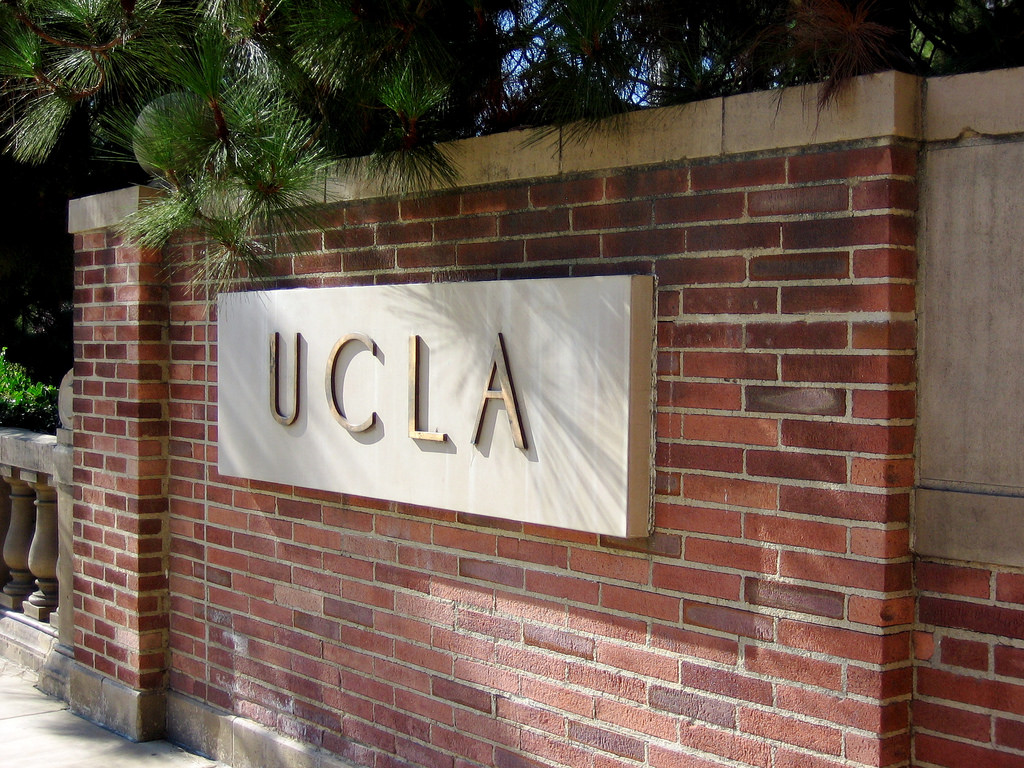We Californians love to use direct democracy to perform amateur surgery on our state government. As heirs to a century-old tradition of progressive reform, we believe that if we tinker with the rules, we will get much better outcomes. We believe that the people best suited to make these changes are the voters. Each statewide election now seems to include one or more proposals to reform either campaigns or government structures.
Like any surgery done by amateurs, however, reform is a hit-and-miss thing. We are not always clear about the specific ailment we are trying to fix, and we are not always careful to see whether the reform will ameliorate the illness or harm the patient. The presumed results are too often overstated by supporters of ballot measures in order to win voter support. And we sometimes don’t recognize the really big structural challenges, like Proposition 13, that can make reform efforts seem fruitless.
But when we do it right, we can get good results.
A good example is the set of budget reforms passed in 2010. Californians were sick of Sacramento’s history of late budgets and partisan wrangling, which went on for months after all deadlines had passed. In November 2010, California voters changed the percentage of votes needed to pass a budget from two thirds of each house of the legislature to a simple majority. And since we usually add a stick to any carrot, voters also ruled that legislators would not get paid if they did not complete the budget process on time.
Guess what? It actually worked. Last year’s budget was pretty much on time, and have you noticed that the June 15 deadline for legislative approval is likely to be met this year, even with bad revenue projections? (Of course, this reform’s success may stem, in part, from the single-party dominance in both houses and the governorship, and does not guarantee success if party control is split and one party’s members do not mind losing their pay.) So, at least for now, it seems that one of the most visible, damaging failures of state government has been fixed by a voter-approved bit of meatball surgery.
Sometimes, these reforms don’t work well at all. California’s legislature, made full time and granted resources for staff support by voters in 1966, became known as the best in the nation. But by the late 1980s, people were angry at the legislature and wanted more “amateurs” than politicians in office.
In 1990, the electorate created term limits for state officials, along with major cuts in the resources for the legislators. Starving the legislature of durable careers and of effective staff, led to — duh — a much less effective legislature. So much so that now most key decisions are made by the leadership. And instead of amateurs, we have professional politicians playing musical chairs — running between offices. In this month’s primary election, Proposition 28 passed, allowing legislators to serve up to 12 years in one house. Maybe some legislators will once again become true members of the Assembly or the Senate.
The biggest surgery this year was set up by the voters in 2008 and 2010. Anger against incumbents and their ability to draw their own districts drove the citizen-redistricting plan created in 2008 and extended to congressional districts in 2010. The top-two open primary, passed in 2010, was bolstered by anger against the polarized political parties. Both changes reflect the reform philosophy of Gov. Arnold Schwarzenegger, who liked to blame his own lack of success with the budget on the rigidity of both parties. His goal was to create opportunities for more competitive elections, and to bring more moderates into office who might be willing to cross party lines. This is part of the increasingly visible struggle of Republican moderates against Grover Norquist and his anti-tax bludgeon. (The latest Republican to challenge the anti-tax united front was former Florida Gov. Jeb Bush.)
While citizen redistricting clearly knocked incumbents of both parties for a loop, it was not actually designed to get rid of one-party districts and replace them with districts that would be more competitive between the two parties. By contrast, the top-two primary aims to do precisely that.
Early evidence suggests it might get there in a few election cycles. When two members of the same party meet in the runoff, as in the contentious Berman-Sherman congressional race in Los Angeles, the winner might be the one who draws cross-party support.
The new system encouraged some members of the embattled and shrinking Republican Party to run as independents, most notably Linda Parks, who ran for a congressional seat in Ventura County, but failed to finish higher than third. Maybe next time an independent candidate will break through.
But if we truly want to talk about change, we will probably have to reopen the conversation about Proposition 13. This constitutional amendment, passed in 1978, was the mother of all voter-approved measures. Its passage transformed California — and even national politics — foreshadowing the election of Ronald Reagan as president two years later.
Passed by a comfortable margin, Proposition 13 profoundly reshaped California government. In limiting property taxes to 1 percent of assessed home value, Proposition 13 has been credited with saving homeownership for many California residents. But Proposition 13 did much more. It led to a shift in control of property-tax revenue and school funding from local school districts to the state. It placed in the state Constitution the requirement of a two-thirds majority in the legislature to pass new taxes. With Republicans united around the no-tax pledge, even as a minority they can effectively implement a tax boycott and force revenue measures to the ballot, as they will do this November. Proposition 13 reduced state revenue by limiting property tax not only on homes, but also on commercial property. It led to an increased dependence on sales tax revenue at the local level, causing localities to compete for big-box stores.
Proposition 13 both reflected and accelerated an era of declining government revenues and credibility. As state and local governments shredded services, their ability to inspire public confidence declined further. Now cutbacks have become the norm, and fewer and fewer voters have direct personal experience with a state and local system of government that can show its value.
A true conversation about reforming Proposition 13 would be the ultimate governance debate in California, because, to its credit, Proposition 13 did not tinker. Its political appeal remains undeniable to this day, although unlike President Barack Obama’s health-care plan, the overall image of the measure may be more popular than some of its individual components. Addressing Proposition 13 head-on will require facing directly and without flinching the fundamental choices of how California governance will work in the 21st century.
A true debate on Proposition 13 will place pressure on both parties. If there is any likelihood of eliminating the two-thirds rule for new taxes, Republicans in the legislature would have an incentive to end their tax blockade, if only to hold onto some portion of their power by demonstrating that such reform is not needed.
Democrats would have to lift their heads out of the sands of endless budget crises, fears of pension calamities and devastating program cuts to demonstrate that they can be trusted to make such a radical surgery worthwhile, that they have a vision for California government that would make unshackling majority legislative rule worthwhile, to show that government can be useful but also efficient and accountable. When it comes to government in the post-Proposition 13 world, the voters want proof.
There are many ironies in reform. Outcomes are never quite what people expect. Republicans favored the citizen-redistricting reform, and then some were unhappy when the outcome meant more seats for Democrats. Democrats favored the majority vote on the budget but now find themselves answering to unhappy voters for budget cuts that can no longer be blamed on Republican demands. If the two-thirds rule is ever repealed by the voters, Democrats would have to face the unpopular decision to raise taxes by legislative decision, giving Republicans their first really potent issue in a generation if the money raised is not well spent.
Nevertheless, despite all these unknowns, it is still worth unraveling how previous choices we have made have shaped the choices we face today.
It is then up to us to decide what, if anything, we want to do about it.
Raphael J. Sonenshein is executive director of the Edmund G. “Pat” Brown Institute of Public Affairs at California State University, Fullerton.






















 More news and opinions than at a Shabbat dinner, right in your inbox.
More news and opinions than at a Shabbat dinner, right in your inbox.